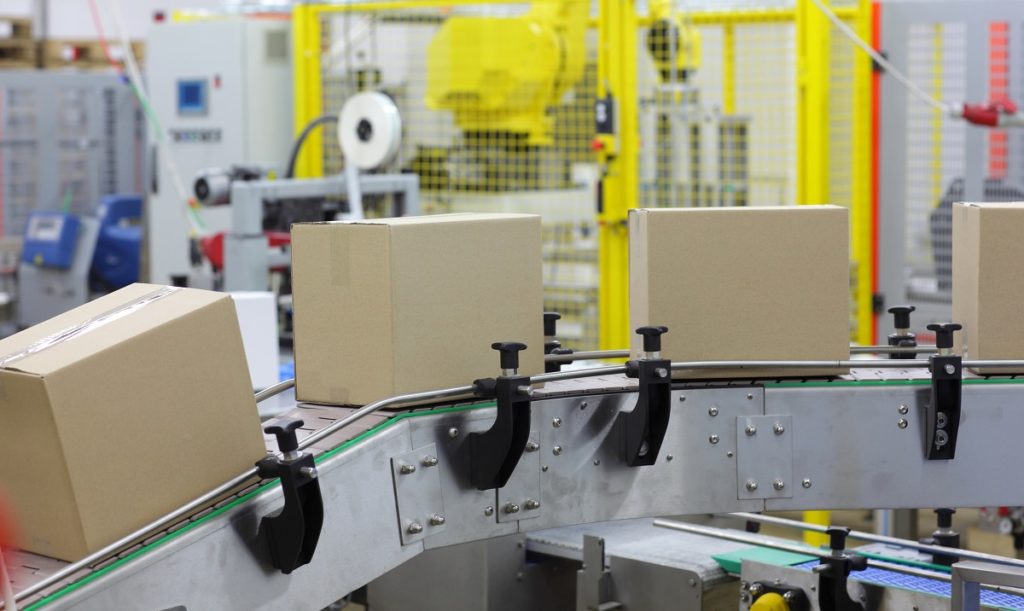One of the critical components of most industrial machines is a roller. These include printing and stamping presses, web converters, conveyor systems and feeding machines, among others. Though primarily used for the facilitation of movement in various machine parts, rollers can also be used to provide support for the materials that will move through the machine.
Industrial rollers can be fabricated from stainless steel, aluminum, steel, polyurethane, EPDM, nitrile or neoprene. The Baileigh roller for sale you will see will generally fall into one of two primary categories, namely drive and idler.
A drive roller is connected to a power source, which propels it to move products with some additional friction. An idler roller, on the other hand, is set into a system that allows the movement of an object across it. The power to move the object across this roller is generated elsewhere since the roller is not powered.
The following are the types of rollers that make a part of most industrial operations.
Pinch Rollers
These are also called nip or laminating rollers. They will provide constant pressure to the object that is being pulled through a machine. Laminating materials, for instance, will be glued then pressed together between two rollers in a machine to adhere them.
One of the rollers in the machine will be an idler and the other one a drive. The pinch roller, in this case, will offer constant pressure for the material produced. Pinch rollers are typically made from a soft material to guarantee the pressure applied is constant and will not damage the material.
Conveyor Rollers
These are generally used in assembly lines. Conveyor rollers can be used on belt drive systems in which one drive roller keeps a conveyor belt moving or as multiple idler rollers where operators will push your product down your assembly line.
Most conveyor rollers are made of a steel core, which is covered with polyurethane. The polyurethane cover has a high abrasion resistance and friction coefficient, thus minimizing the rollers’ maintenance costs and your production’s downtimes.
V-Rollers
These are at times called V-groove track rollers. They are generally used in moving cameras used for recording sporting events and boat trailers but will also suffice for a range of industrial applications.
In industries, for instance, V-rollers are used for the movement of pipes, tubing, wires, thread and cables. They are also useful in the suspension of materials such as vehicle parts along a production line. You should opt for materials such as polyurethane for your V-rollers since this has high abrasion resistance.
Segmented Rollers
These feature a cut pattern into their surfaces to increase their traction on materials. Segmented rollers are generally used to transport adhesives in precise amounts or leave certain prints on a material, which is passed over them. A high friction coefficient and chemical resistance are the primary attributes you should consider for the material used in these rollers.
When buying the above rollers, you should evaluate their list of specifications. Some of the elements you will get listed are their custom and tolerance formulations, and durometer. These specifications will inform your choice of the rollers that best suit your application.


